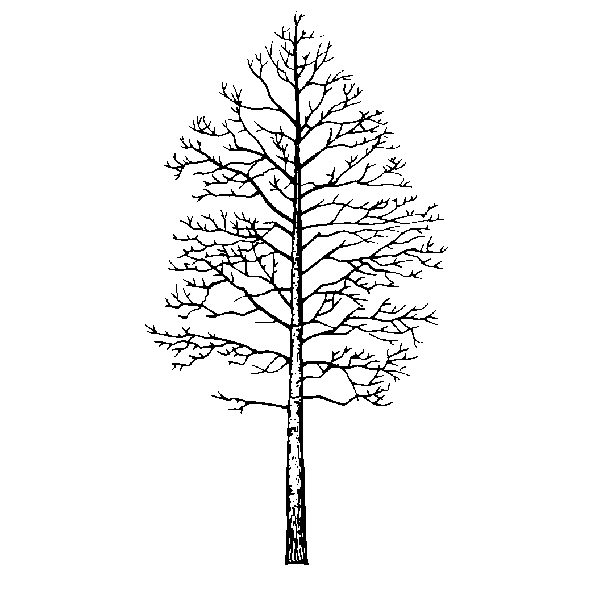I want to make these things happen.
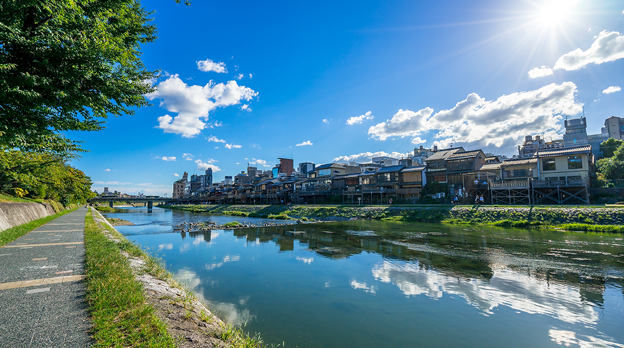
While I'm in Japan I plan to spend a weekend or two with grassroots arts organizers in Yochiyo City, in Chiba prefecture. I'll be offering a workshop at a weekend art event. It will be a micro-residency inside of the Koganecho residency.
I've been working on the mirco-residency with Miran Rin, of Social Arts Creators. Miran and I first met in 2015, when I hosted a residency in Vancouver's Downtown Eastside called Soul Sustainability. It was artists sharing knowledge and understanding about art practice in the face of complex social situations, like the 3/11 Triple Disaster, or the stigmatization of poverty. Those initial connections resulted in Miran inviting me to participate in two residencies in Japan. First in 2017, which included a trip to Tohoku to talk to locals about life after the 3/11 Triple Disaster. Then again in 2018, which included another trip to Tohoku, as well as a Fukushima themed group show in Tokyo.
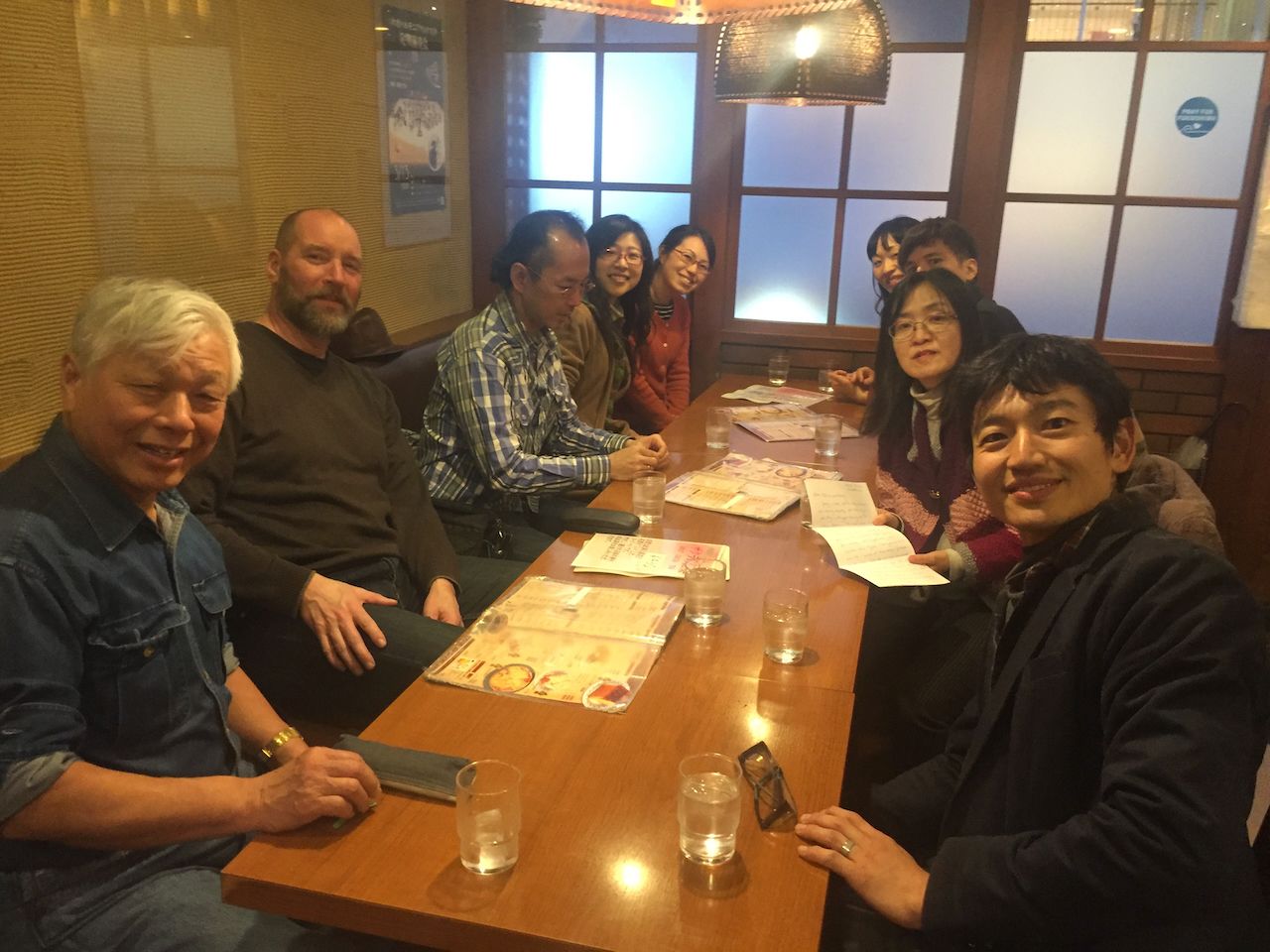
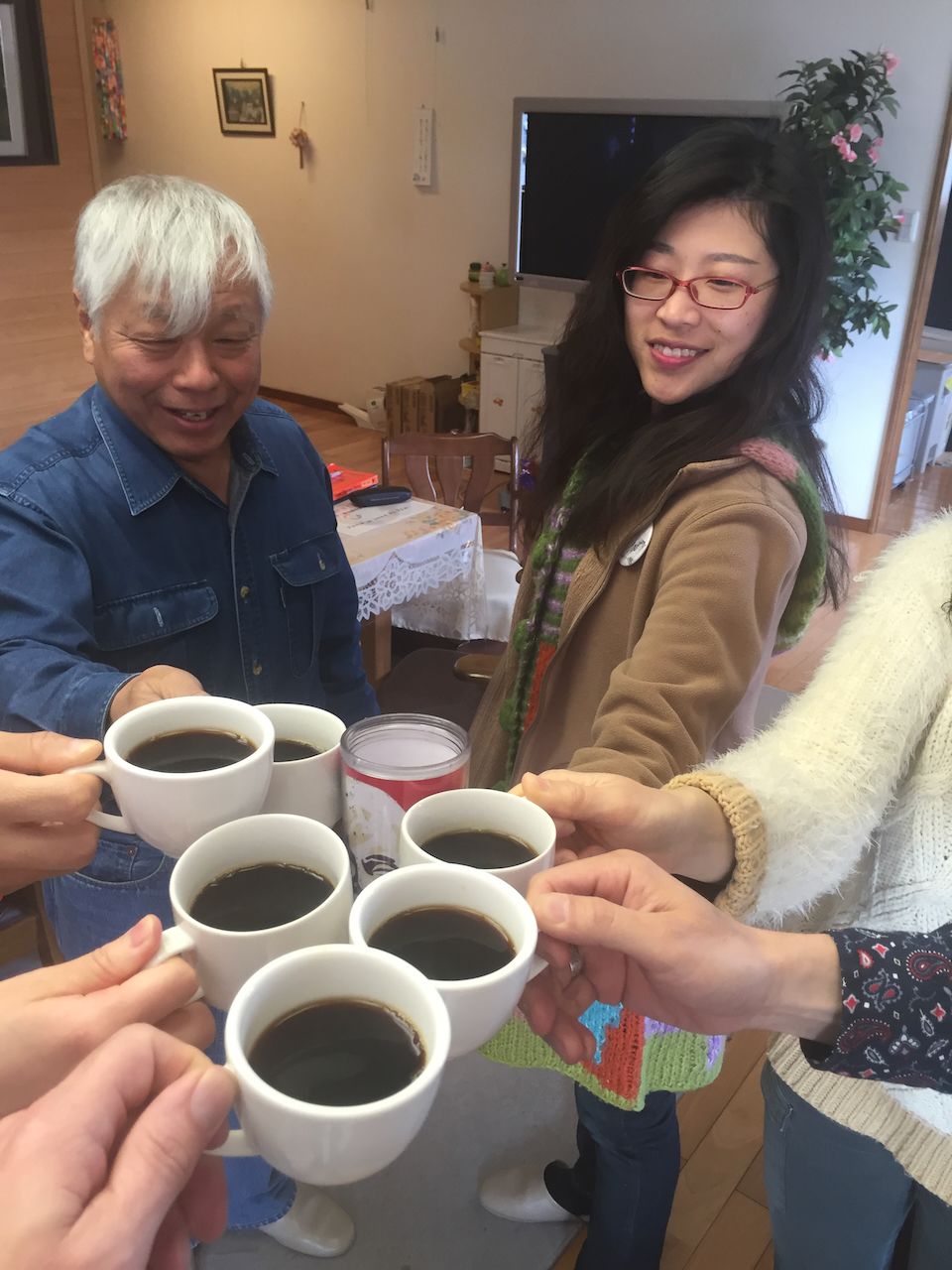
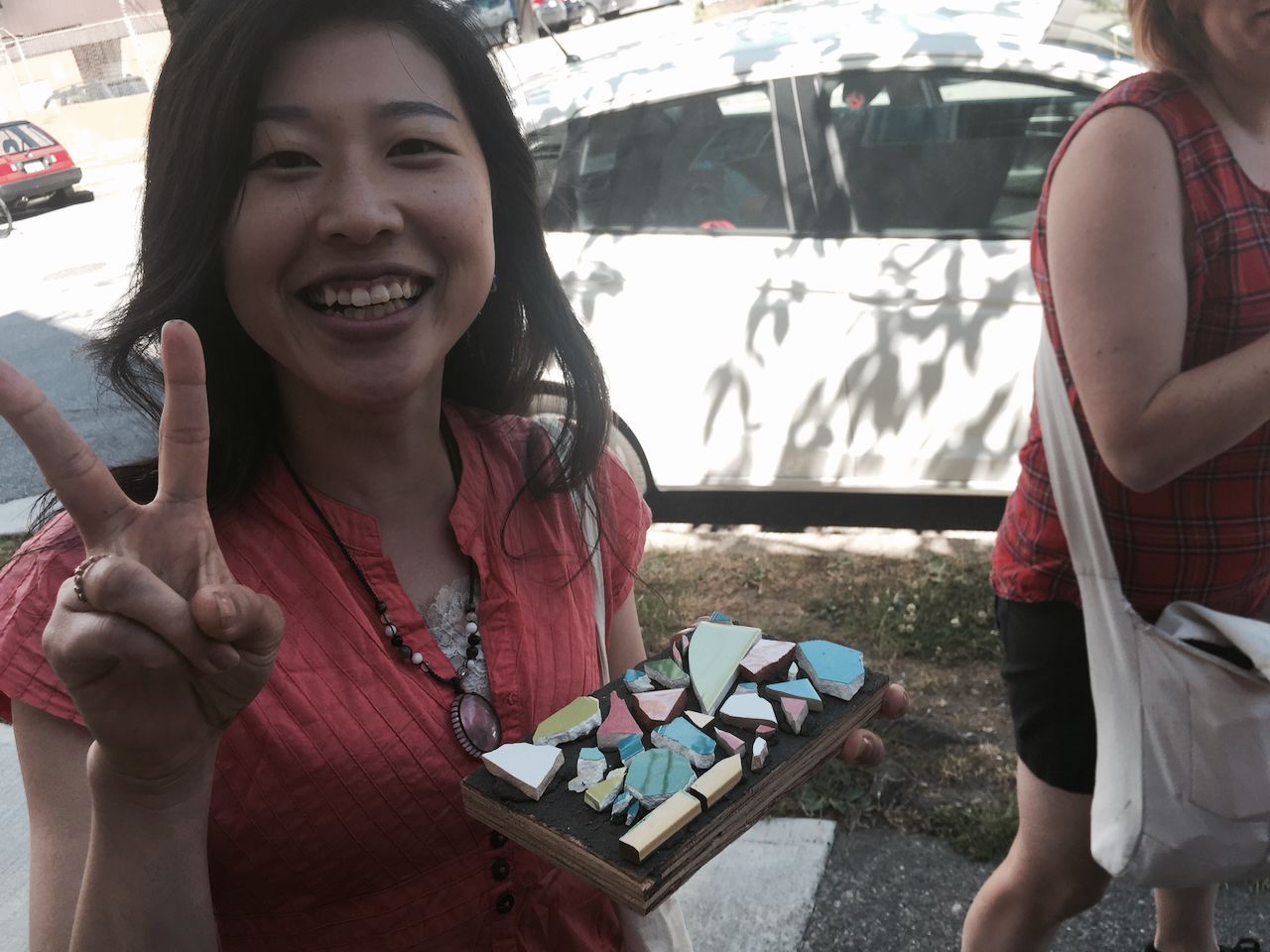
Miran and I have stayed in touch since 2015. We share, inspire, commiserate, and encourage each other about grassroots arts organizing. Vancouver and Chiba are very different places, and Miran and I are very different people. And so much of our experiences, hopes and struggles as artists and arts organizers are the same. Wanting to make your city a better place takes deep commitment and an unshakable faith in humanity's capacity to make the world a better place. Miran is the most committed and unshakeable artist I know. I'm beyond excited to introduce you to her.

Steve: [in a cheesy announcer voice] I'm here in the studio with Miran, who's live from Chiba, Japan.
Miran: Hi
Steve: [laughing] How was that?
Miran: [laughing] Yeah, that's cool.
Steve: I'm excited to be coming to Japan and that we get to do some of the things we've talked about doing. Maybe a good place to start is just talking about Chiba.
Miran: Let's begin from that. Chiba is a prefecture near Tokyo...I'm a little nervous. Sorry.
Steve: Okay, before we go any further, I have to loop back.
First of all, thank you for doing this. Second of all, people who have learned another language understand how difficult it is to speak with confidence in another language. Add to that how difficult it is to speak normally once you hit the record button on Zoom! I don't know what happens. It's like, "blargh" But then imagine hitting record while you're speaking a second language. It's pretty nerve wracking.
So thank you for doing this. Thank you for braving the Zoom record button while you're speaking a second language.
Miran: Okay. Thank you.
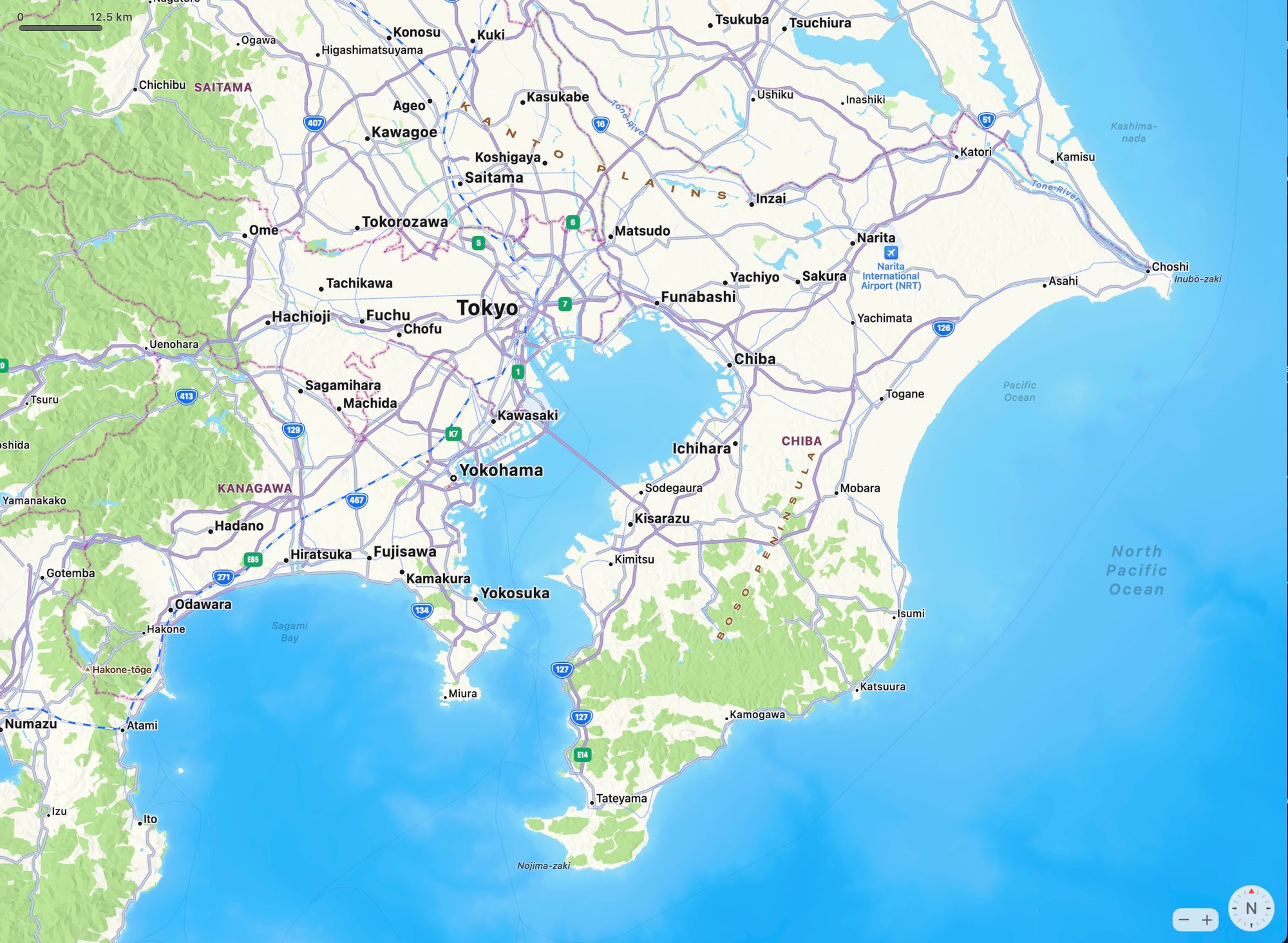
Yes, Chiba is a prefecture very close to Tokyo. My city is called Yachiyo City. From here to Tokyo we use a train, maybe one hour minimum. We feel we are not separated, but part of Tokyo.
Our prefecture has a very beautiful sea in the south area, and also some parts have farms and many farmers growing vegetables or have milk farms. [Making a hand milking gesture]
Steve: Do they milk by hand like that?
Miran: I'm not sure. Just what I'm doing. [laughs] But yeah, we have many good foods, and nice views, and good ocean, and also very close to the city. It's that kind of area.
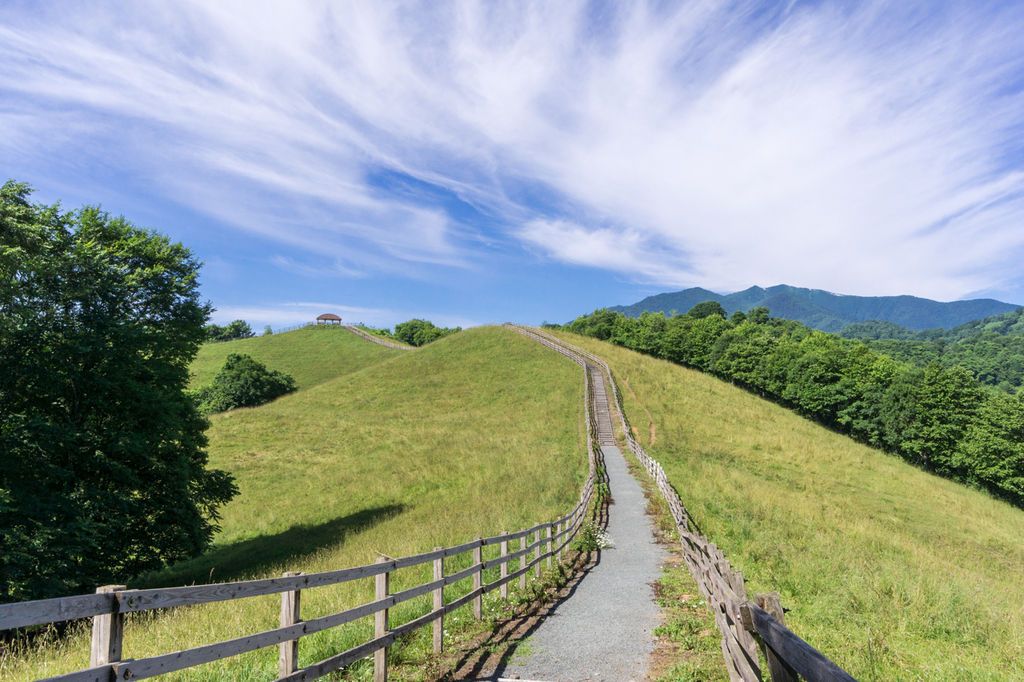
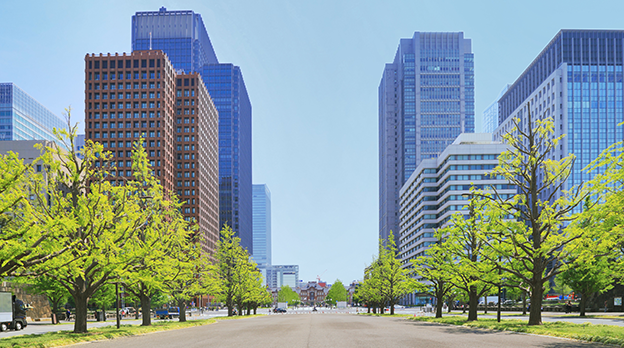
Steve: And what are you up to in your city, Yachiyo?
Miran: What I'm doing is I'm an oil painter artist first. And secondly, I create my character Pi-chan, because peanuts are a very famous food from Chiba. So when you're going to Chiba, you can find many kinds of peanuts, some peanut related characters or peanut related food. So, I also created my character Pi-chan. And third thing, what I'm doing is I organize our team named Social Art Creators.

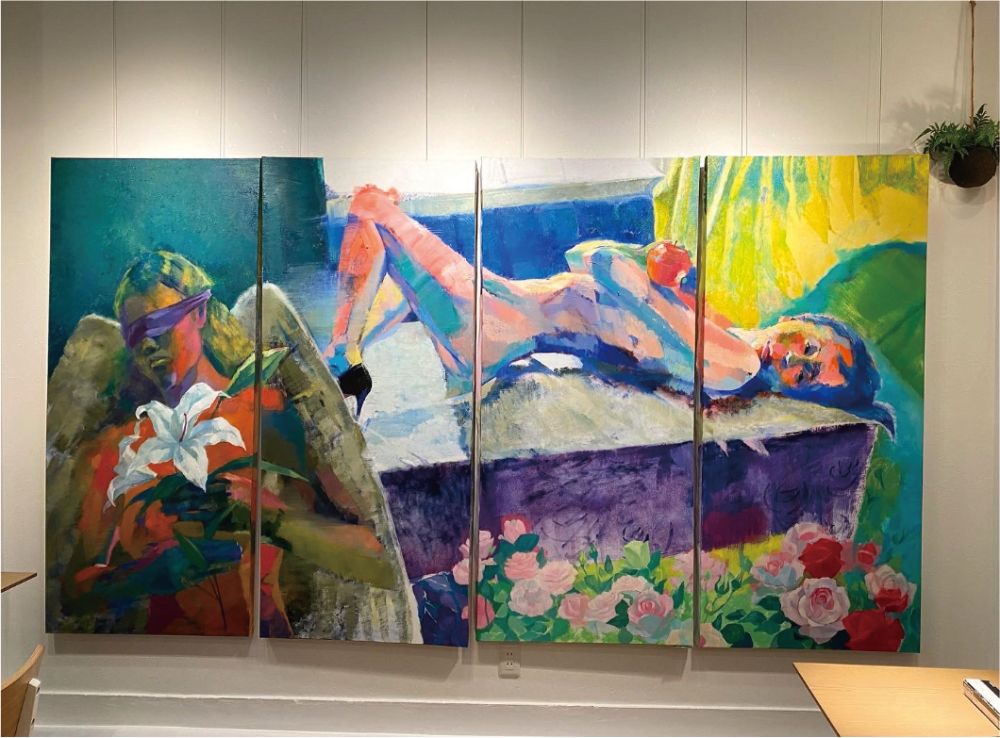
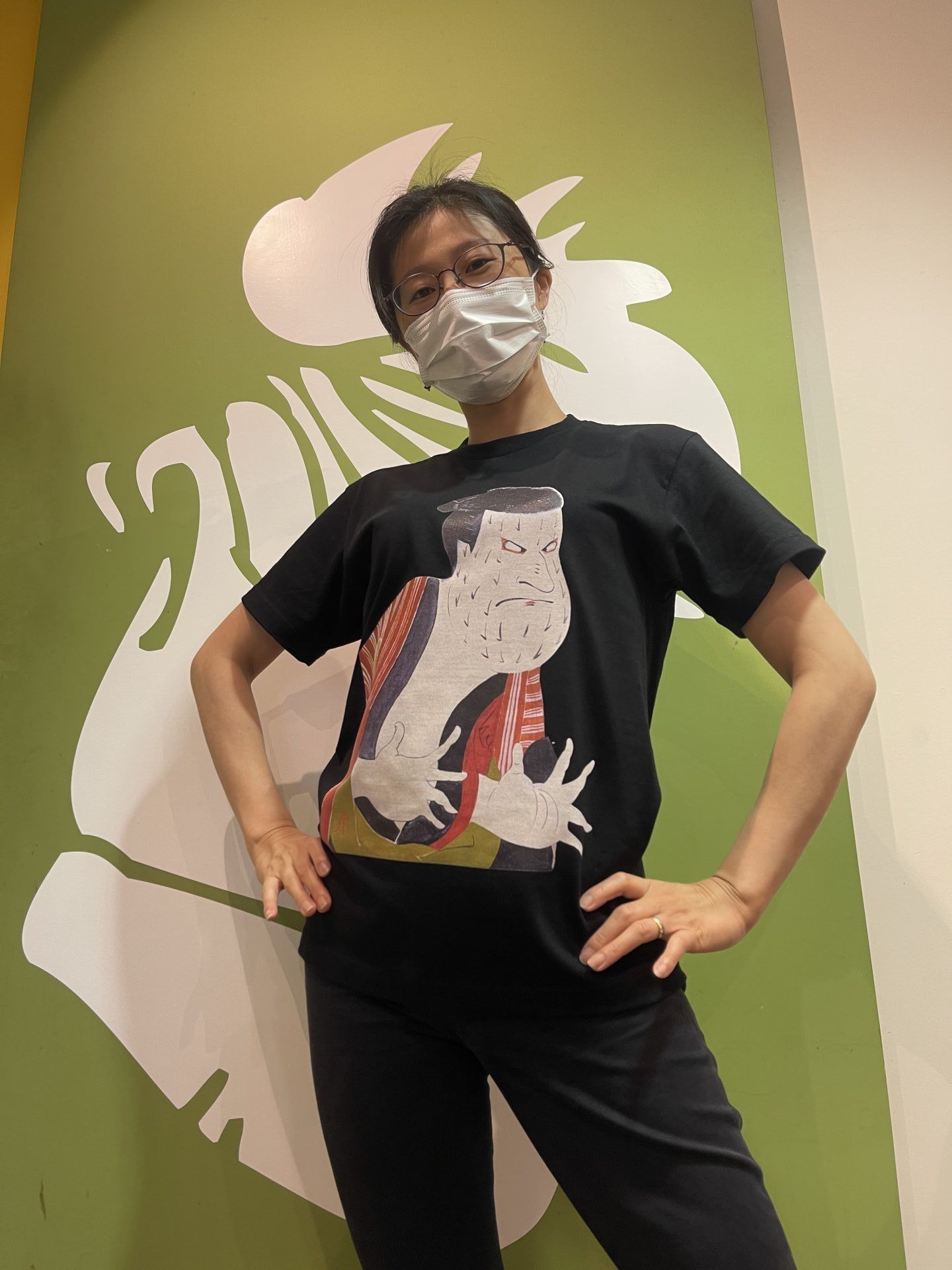
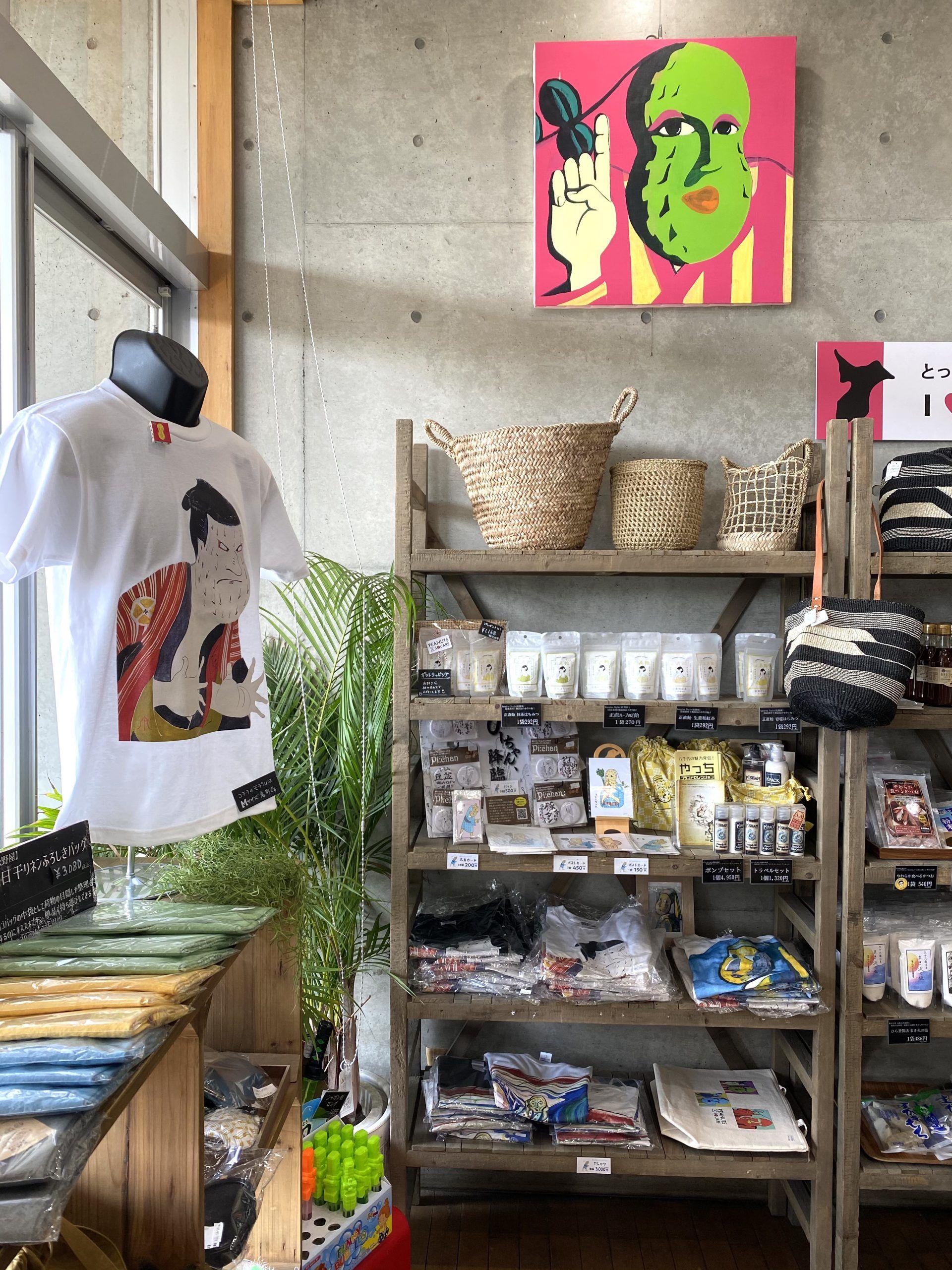
What we are doing is, we want to make our city a little bit more fun through art. So we add "something" to art. We did a project where we added vegetable and art. So, "Art x Vegetables." Artists visited some plantations of the fruit, and talked to each farmer to see what's going on there. Because pear is one of the famous fruit in our city, it's so delicious, so we visited their...no-en(農園)?
Steve: Uh, farm?
Miran: [laughs] Yes, farm. Pear farm! We visited, and saw, and talked with farmers. So after, back to our home, we created our own art works and exhibited at some shops where they sell vegetables.
Recently, for the past five years, we are carrying our big event called Art x Café (Art by Café). Art x Café is art, and café. [laughter] Very simple.
So what we are doing is visiting cafe owners and asking them "Could you join us?" One coffee shop or cafe owner pairs with one artist. So autumn season, they show the people [in the city] an exhibition and a special menu. An owner creates some special menu [items] inspired by artists. And artists, create art inspired by a café owner, so people [in the city] can enjoy what's going on.
Every year I'll have to visit each of the café owners and ask "Will you join us? How about this year?" Because some owners can join this year, but next year they can't because their situation has changed, they stop working or, they have to take care of their parents, or many reason has happened every year. So we try to keep in touch, and before we start our event, I visit the café owners and ask them, "How are things going in your life, how about this year? Will you join us?"
For Artists, we use Instagram. We do an open call. We do DMs, or e-mail, or some artists we talk to.
Steve: Wow. It sounds like a full-time job, and I know you have other things going on! How do you make this all work? How many people are in Social Arts Creators?
Miran: Creators members are three people including me.
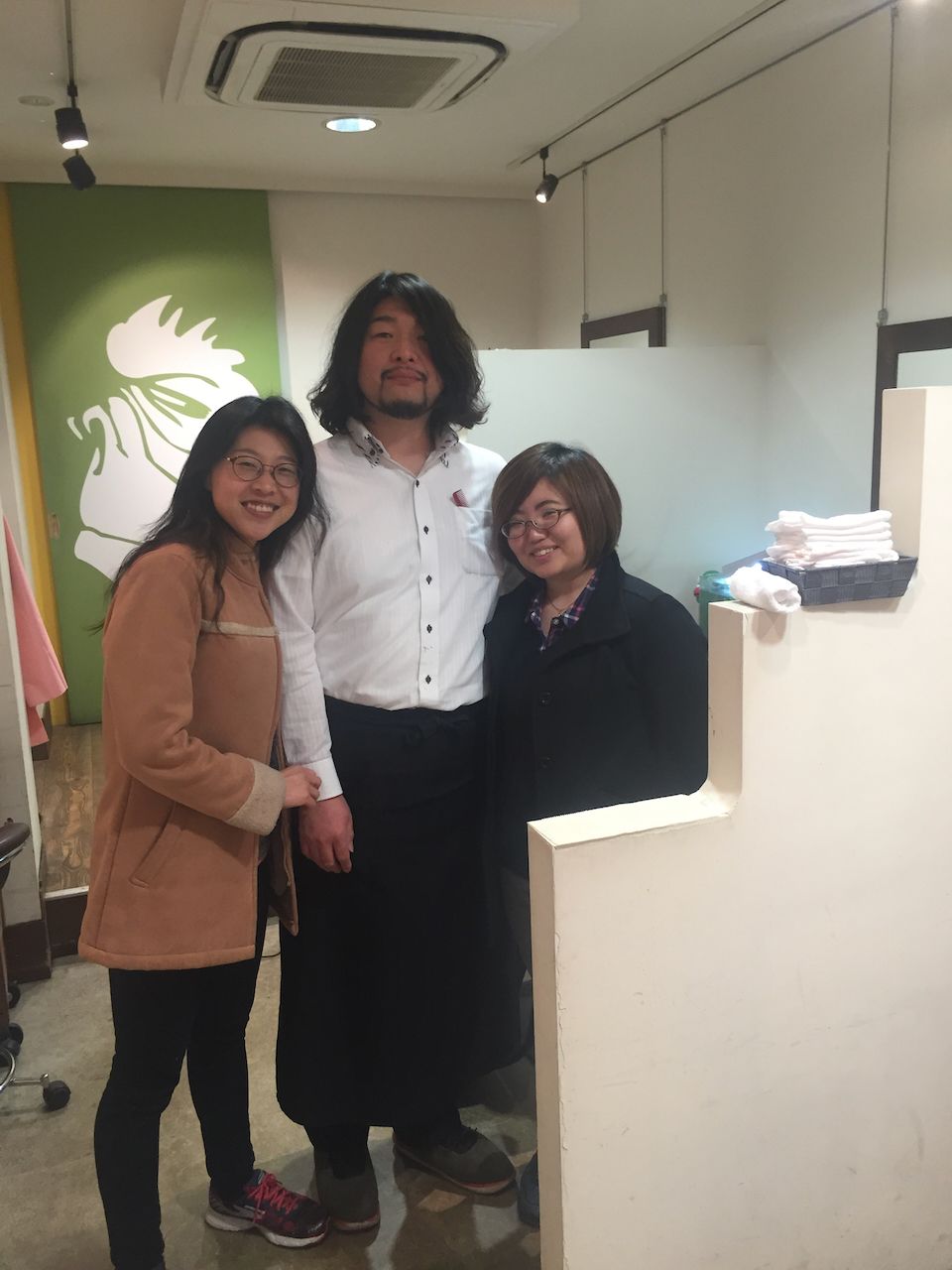
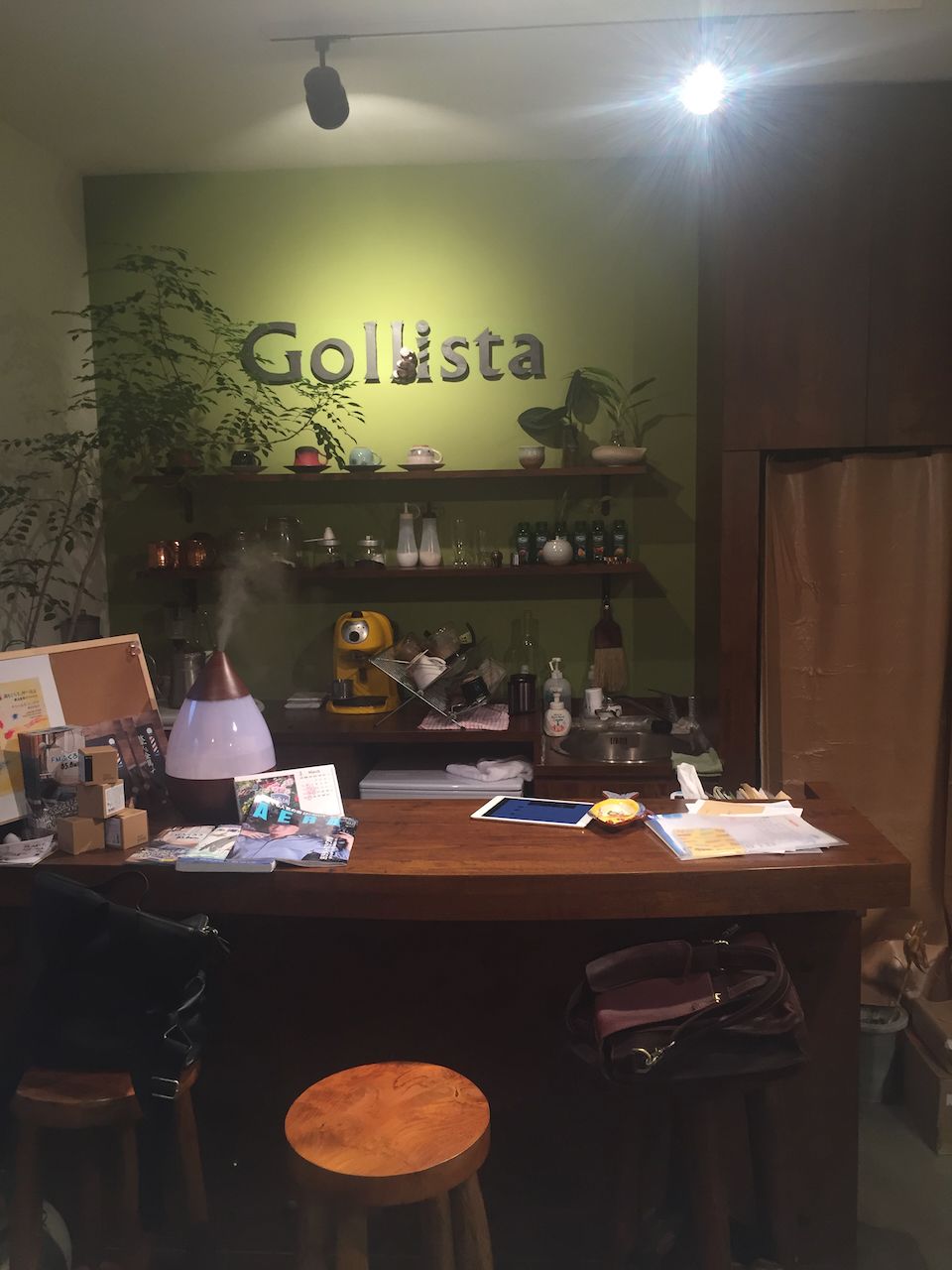
Steve: So not a team of 20 people, but three of you. You have a few sponsors, so hopefully it's self-sustaining, but you're not getting a salary, so why do you keep doing it?
Miran: Yeah, that's such a good question. Every time we ask ourself why, why we're doing this work that's so hard. Cause this is so hard work. But, you know, after having Art x Café our scene has changed, because the café owners have a connection to each other. Before the Art x Café, the Café owner has their own shop and that's all.
The other café owner is competition, because they both are cafés, you know? And in same city, they don't have a connection. But after the Art x Café some café owners are making connections to each other, so helping each other. They are becoming friends. One café became an art galley café. At the time, our city had no art café. Now we have one art gallery café in our city, and also another owner is interested in becoming an art galley café.
So we created the exhibition place in our city. And also artist connections may be becoming more stronger, there is more communication [between artists] in our city. Our city is becoming kind of the artist communicating city.
Also customers who joined our event said, "Oh, please do this next year also, because this is so fun! It's an amazing thing, that we can see artist works in our city, not going to Tokyo."
Well, of course, because before Art x Café people thought everything good is in Tokyo, not in our city. But through Art x Café the people know "There is many good café in our city, and also many artists live in our city and they created good things."
So people are starting to buy art. Small amount, small amount. [laughing] But yes, it's beginning, it's beginning. So, that's kind of the reason why we are carrying this big project, only three people.
Steve: So, if I can recap, you care about your city, and rather than convince someone else they should do something about it, you just started doing something about it? And you've done that for five years now?
Miran: Yes, five years.
Steve: You did something that eventually led to café owners collaborating and feeling like they have peers. Artists connecting with each other, talking to each other. A café owner actually turning their café into a gallery café so there's more space for artists.
It's amazing! Can you imagine running a café and you're doing it by yourself and you feel like you're alone? A simple problem like, there must be a cheaper place to buy stir sticks—I have no idea—and you're just by yourself, and you're doing your thing and trying to keep up with it. And now there's people you can go to, other café owners you could ask a simple question like that.
Miran: Yes. Yes.
Steve: That can make all the difference for people.
Miran: Yeah, exactly.
Steve: Sounds like the kind of neighbourhood I'd like to live in.
Miran: Yeah. They're becoming a neighbourhood. Exactly what you say. Before that, they only do what they're doing by themselves. Nobody can ask you, and you can't ask anybody else. But now they're becoming friends and a neighbourhood, so they ask to each other for advice or they eat at each other's café. Food and drinking. Enjoy. Just enjoy like that. And yeah, knowing each other is so, so...I don't know how to say it, but it's so wonderful. I think knowing each other and making contact with each other, this is such an amazing thing.
This is the Main Story and also we are doing Side Story. Kind of a spinoff maybe in a movie, yeah. [While Art x Café was happening] other artists exhibited at an [underground pedestrian walkway] where people can hang announcements, that kind of thing. We exhibited our artwork, so people walking through there can see some artworks.
We also did live painting, we painted a mural on the wall. Artists started to paint and people can see what's going on. So when we were doing live painting, some kids came by and wanted to try too. "I want to do, I want to do." And so, okay, you can go ahead. And the kids put on colour, bright colour. This is what we're calling live paintings.
Steve: That sounds like a lot of fun.
Miran: Yeah, that was fun. So fun. So what we [Social Art Creators] do is, you can find a nice café, and you can see good artwork out there walking around our city. It's not typical, but yeah, [during our Art x Café] you can see artworks in our city in a very special way.
Steve: How did this come about? Was there a city program to make Yachiyo beautiful and then you decided to apply for the program? [laughter] I know that's not true. I remember you talking about having to convince the City this was a good idea.
Miran: Okay. Oh, yes, this happened from our side. We wanted to do something in our city. Not a small gallery, to only do something in one small room. Not like that. But, we wanted to play in the whole city, to make some artistic things.
Steve: So the city is your gallery?
Miran: Exactly, exactly! So we asked the city, "We want to do something in this part, or this part. So how can we do that? And the city people give advice to us, and they say, "Blah, blah, blah." [laughter] And finally we can do that. It's not easy, of course.
Steve: I was about to ask, so, "blah, blah, blah," is that a 10 minute conversation? [laughter] How did that go?
Miran: [laughter] I just say "blah, blah, blah." It is not "blah, blah, blah." It takes us a long time, because the city people hadn't ever experience this kind of thing. Of course this idea would never come out of themselves, automatically. So we have to meet with them several, several times. Maybe it takes three months, four months of discussion.
Now, the city people like our event Art x Café, so they try to do their best. But still, yeah, it's not one day. "Okay, let's do that." [laughter] Not like that.
Steve: What was that like, the first conversation? What did they think of you?
Miran: They don't know who we are! [laughter] They never heard of Social Art Creators. So we bring our past works and show them. Explain, and explain. "This is Art x Café, and this year we want to use this part [of the city] and please help us. The city people, even after all of our talking, maybe his face is like this... [does a dead pan face] "Who are you? What, what, what do you want to do? Why do you want to use a public area?" But, after four years, finally they trust us. They say, "Maybe it's good. So, okay, let's try baby steps. Let's go like that."
Maybe, they still don't understand what will happen. [laughs] "What's going on? An artist exhibition, here!?"
Because, not only [do we have to talk to] city people, we [also have to talk to the municipal government]. So yeah, Social Arts Creators had to talk to four municipal governments for the pedestrian underpass exhibit. But after the exhibition, the municipal government people said, "Wow, this is so amazing. Please do this next year. Please, please."
They could understand after they saw that the artwork can change something. Because, it's a little bit scary going down there [into the pedestrian underpass]. But with bright artwork, people are feeling a little bit different feelings, right?
Steve: So, where did you train for that Miran? Where did you go to school to get your certification in pedestrian walkway beautification projects?
Miran: [laughter] I never learned that, but what we did is meet each by each. So what is the position of Social Art Creators? Connect people and people. So we connect artists, and city people, and municipal government people. [drawing a triangle in the air] And centre part, the Social Arts Creator stands.
So it's like a bee going to a flower, and going to the next flower, and to the next flower. Yeah. We are kinda like that.
Steve: Bee pollinators! Nice. Maybe we can finish up talking about sister neighbourhoods.
Miran: Oh yeah. Through this Art x Café, I noticed so many good points about connection or becoming friends, knowing each other, simple things. But they are such amazing things. So what I thought is, maybe wonderful things will happen if we become a neighbourhood. So now I'm calling this idea Sister Neighbourhood. Because "Sister City" is a city and city becoming a neighbour, right?
So artist group and artist group become "sister neighbourhoods." And maybe we can visit each other, online or offline, exhibit together, get to know each other, and get inspired by each other. Yes, I want to make these kinds of things happen.
Steve: Should we just put that on a t-shirt? "I want to make these kinds of things happen."
Steve: You told me once about sashiko (刺し子) and said our art groups [Tasai and Social Art Creators] are like that. Every collaboration, every conversation is a thread, back and forth across the ocean. And now you're a member of Tasai, based in Vancouver. I love this idea of sister neighbourhoods, and how it's kinda like gorilla art. I wrote once about "unsanctioned forms of caring." It's not official, it's not an official sanctioned thing like sister cities. It's just that we are sister neighbourhoods because we say we are.
Miran: Yeah, yeah, yeah, yeah, yeah. Yeah.
Steve: The way you said "I want to do something about my city, so I'm just gonna start doing it." Unsanctioned forms of caring.
Miran: Someday, maybe we can do micro residency. You can come to our city next March, you can meet our artist group and people here, and talk or share your ideas and passion about art.
Steve: Yes. Yes. yes.
Thank you Miran, for taking the time to hop on this call and to talk about what you're doing in Chiba. It's so exciting and I can't wait to see what Sister Neighbourhoods brings about in the world.
Miran: Thank you for this opportunity. It's so nice to talk about Sister Neighbourhoods and what we are doing here.
A word about the transcription. Miran and I just had a conversation, and goofed around. And even then, it was intimidating for both of us. I've rearranged chunks of the conversation for the sake of flow. I've lightly edited words or phrases for the sake of clarity, while retaining the overall feel. Anything in square brackets [ ] was more than a light edit that captured our shared intent.
The Shrubbery is a series of topical, time delimited, pop-up newsletters from the desk of Steve Frost. Headed to Yokoha-ha-hama is the first in the series.
This newsletter is made possible by members of The Mycelium Council. If you enjoy The Shrubbery please consider joining.
